
For so long many engineers have grown more dependent on the DAW to do their work.
The purpose of a traditional DAW is to achieve the best-crafted sound in the quickest time from infinite possibilities of tools etc. That is great for modern editing & production. However, that is not at all how things play out when working in the analog domain. Things take a little more time, preparation and consideration.
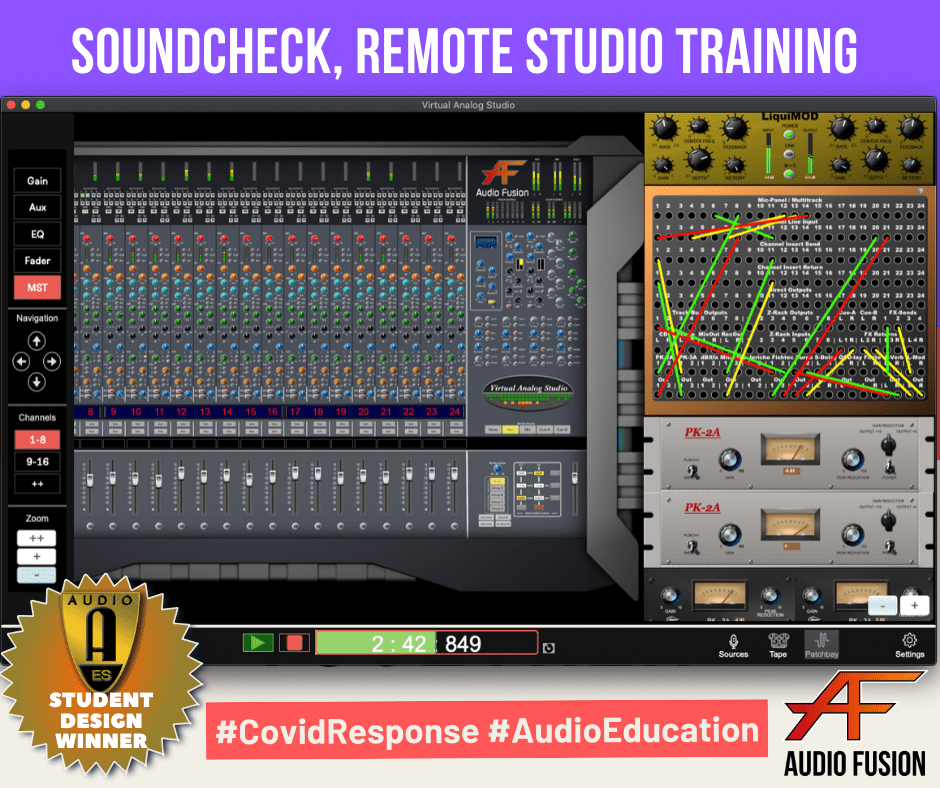
This article breaks down how Soundcheck differs from the traditional DAW.
We’ll be comparing the following categories:
- Standard Application Operation
- Signal Flow Management
- Audio File Treatment
- Mixing-Style Workflow
- Extra Notes
- Conclusion
Standard Application Operation
Traditional DAW
Heavy usage of keyboard commands, right-click, shortcuts and sub-windows and submenus. There can be an excessive amount of channels that feels practically infinite. There are practically no limitations on how many channels or audio effects can be loaded. There is a disconnect on resourcefulness when working with limitations.
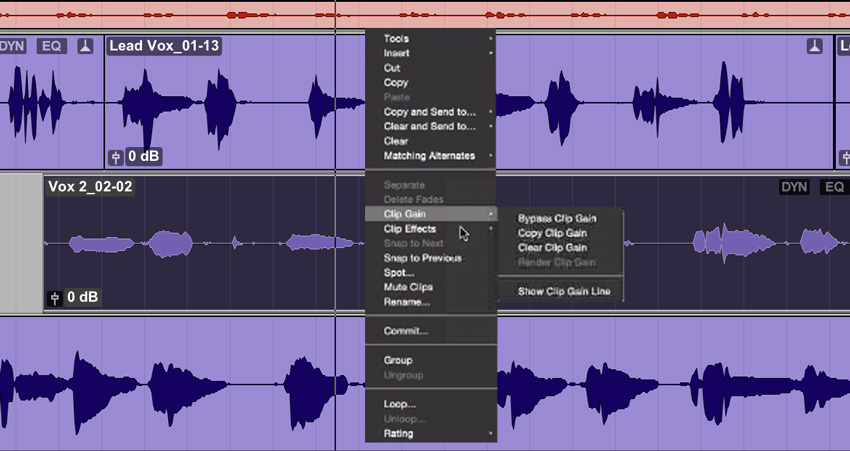


Soundcheck
designed to be true to the feeling of working in the analog domain. There are no right-click window shortcuts or key commands to operating signal flow in physical environments. Whether in a studio, live or in a facility of any kind, there aren’t shortcuts to aid in managing sound.


Signal Flow Management
Traditional DAW
While even a DAW has its foundational signal flow, it by no means represents the analog domain. DAW’s use menus, windows and option panels to configure routing. Any source of sound could be routed to as many destinations as desired.


Soundcheck
If I had to ask you how a studio would manage signal flow, you would likely say a patchbay. That is exactly how Soundcheck performs signal flow. Just as it would in a common studio. From the microphone/multitrack to channel inputs, inserts, auxs, returns and beyond!
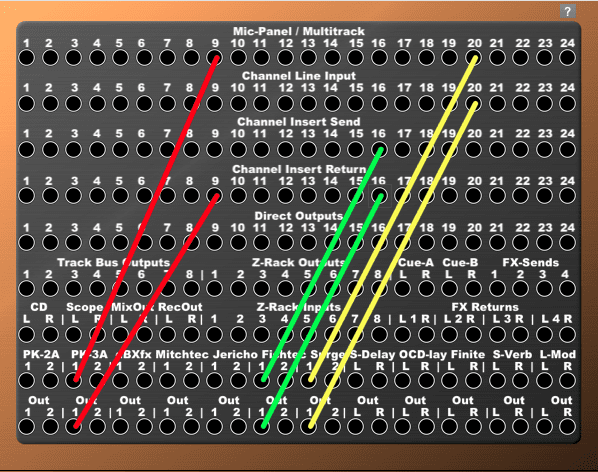

Treatment of Audio Files
Traditional DAW
The purpose of audio files in DAW’s is not always designed to be “true to the performance” as so many features get utilize to line up regions on the timeline, chop ‘em up and layer away.



Soundcheck
If we are simulating a real studio experience there would be performers, microphones and multitrack playback. Soundcheck enables a user to treat an audiofile like it’s the live performer. Using the “Sources” tab users can add audio files and select microphones that illustrate the performers signal. The “microphone” signal playback through the console and I demonstrate the steps to operate sound input & output on the console without focusing on the extra details. Students need to first understand what is essential to verifying input & output.


Mixing-Style Workflow
Traditional DAW
It is traditional that the common DAW only offers a single mixer workflow. Great for quick edits however, it doesn’t present any challenges for the user to be prepared for other mixing environments. The workflow includes a lot of menus, shortcuts. Nothing that translates outside the digital domain of working on a laptop.
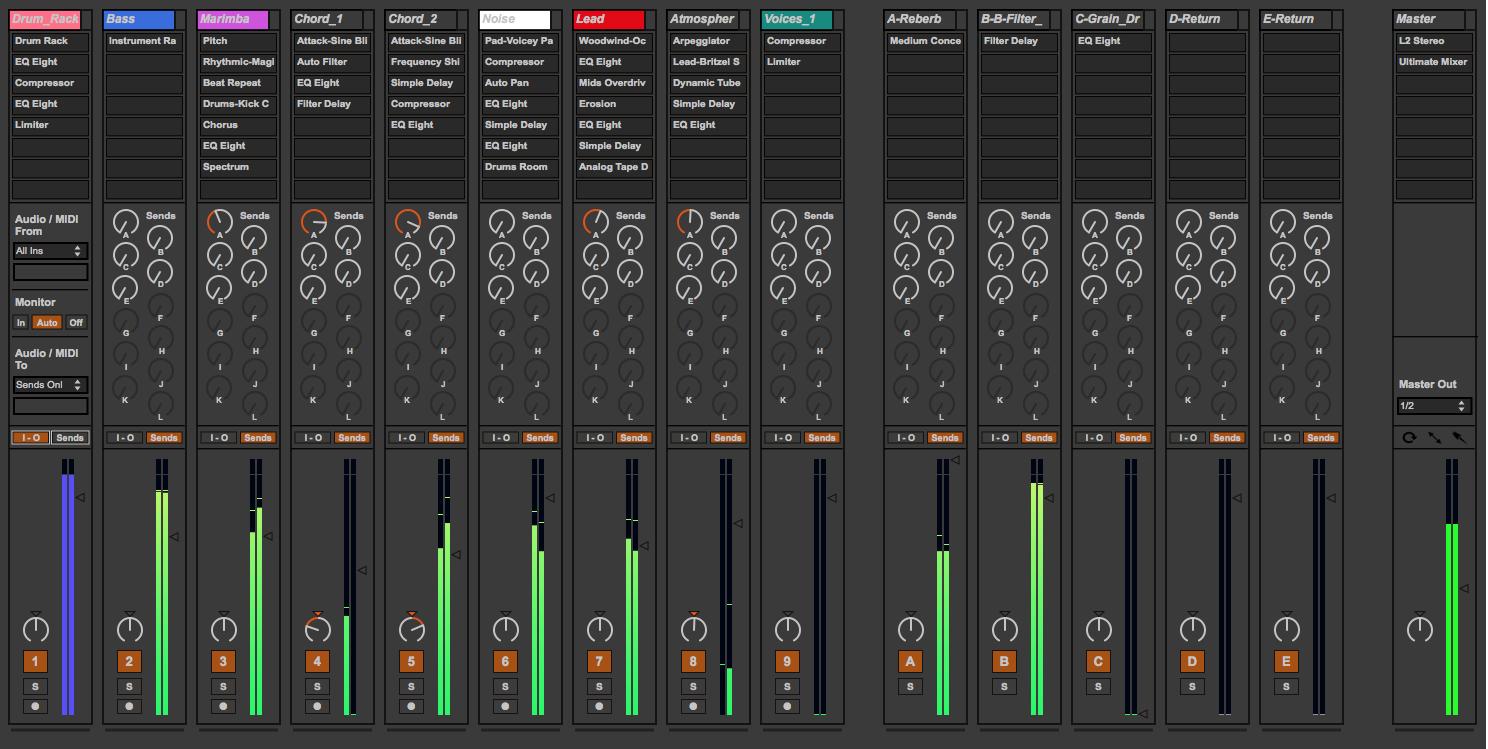

Soundcheck
Offers a variety of hardware and environments that are designed to switch up the workflow in order to challenge the user to think & troubleshoot for future encounters. With every console and environment comes new operational challenges that the user must learn about to use.
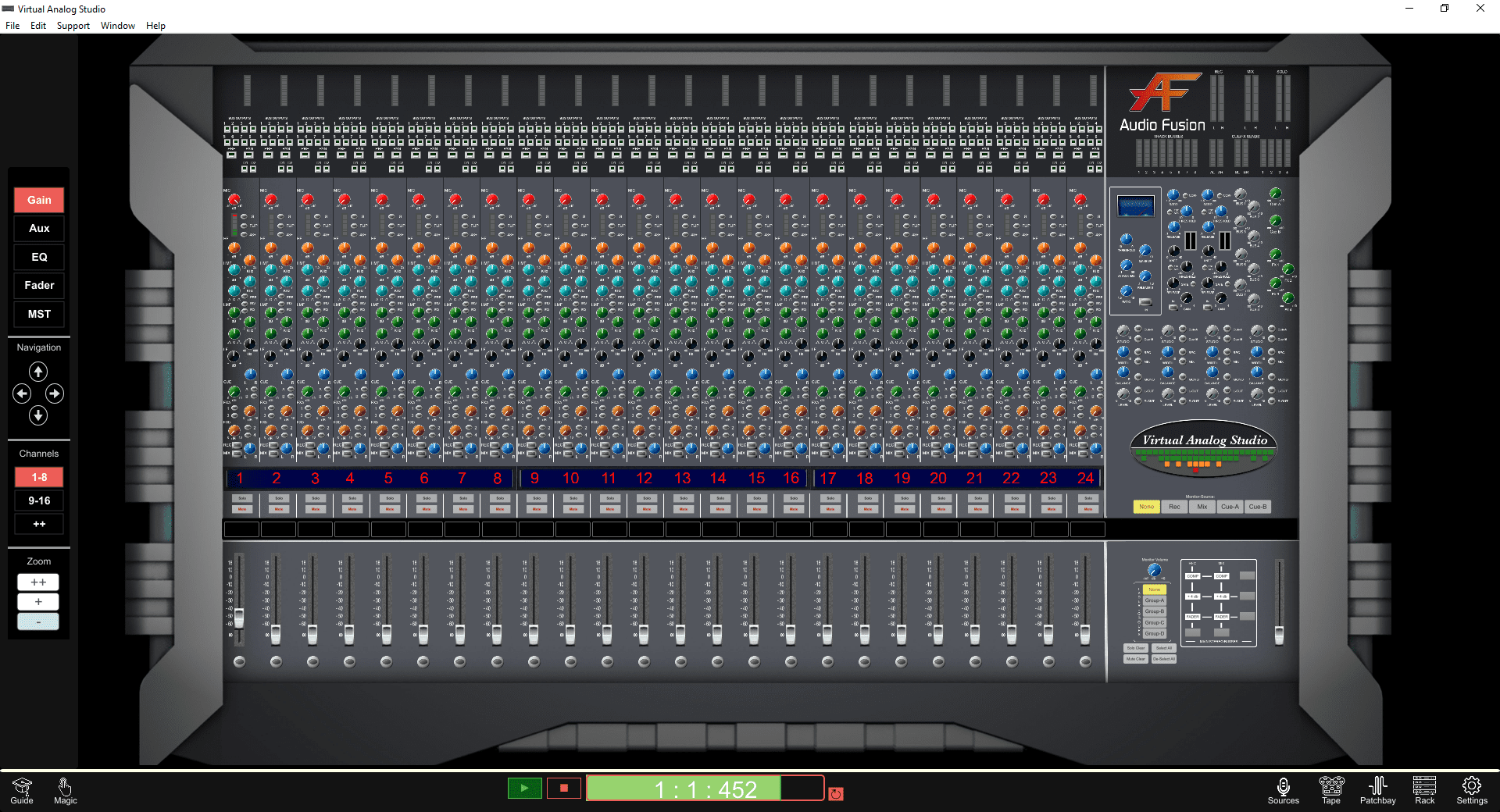



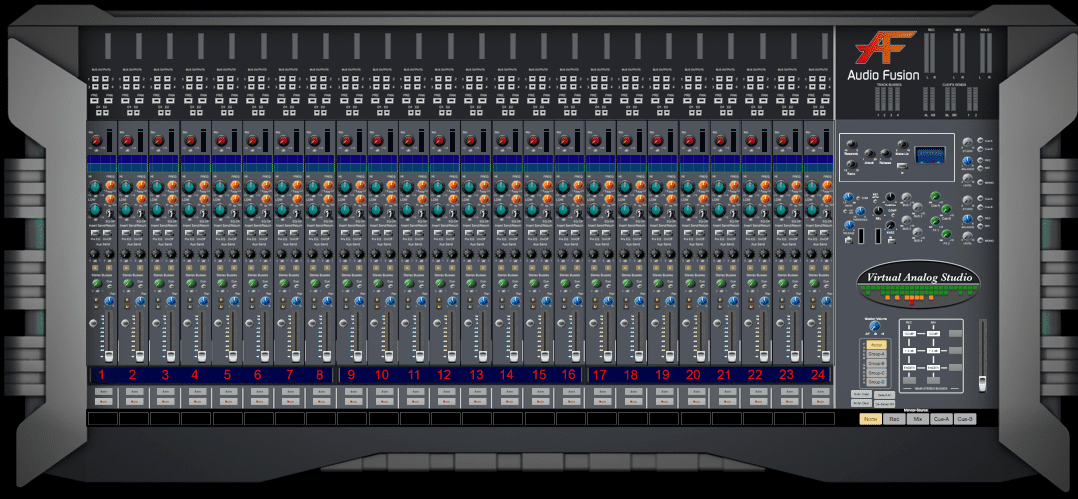

Conclusion
When it comes to expanding the opportunities, a traditional DAW only offers what could be achieved in software. When the time comes to work outside the box and more hands-on, a different workflow and understanding is required. The approach requires one to be a bit “DAW-agnostic”.
Being able to visualize signal flow in a physical environment is not as optimal using a traditional DAW. Soundcheck is designed to be true to the experience of the analog workflow.
Download Soundcheck now! – Here


